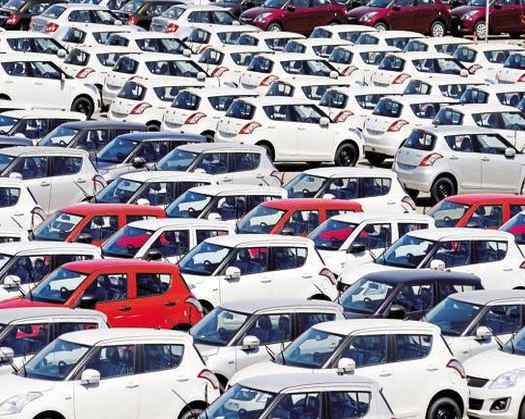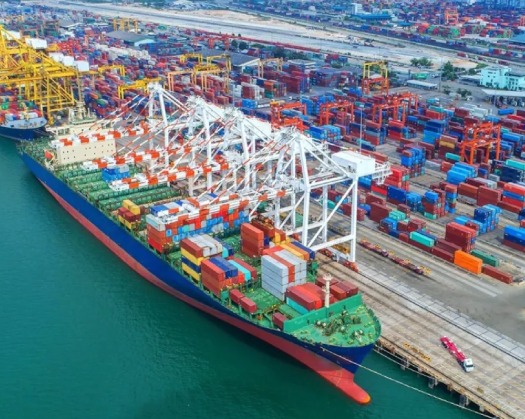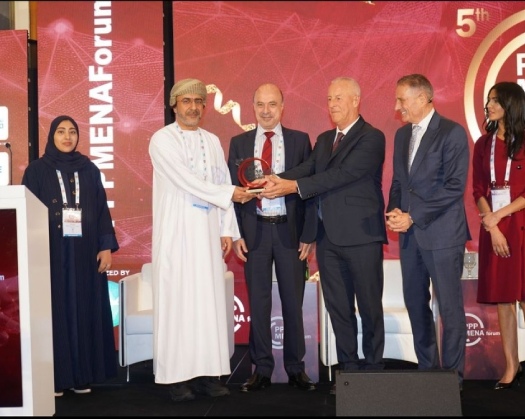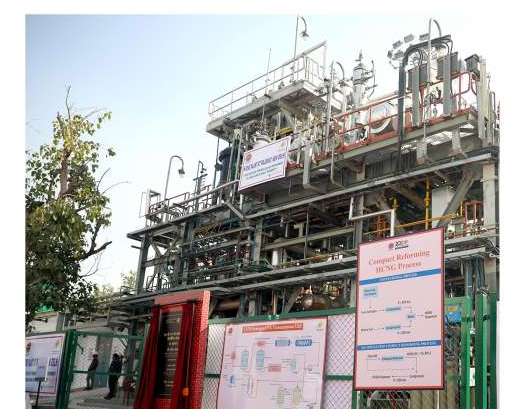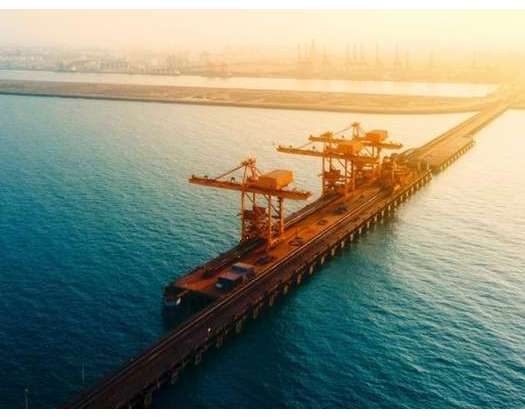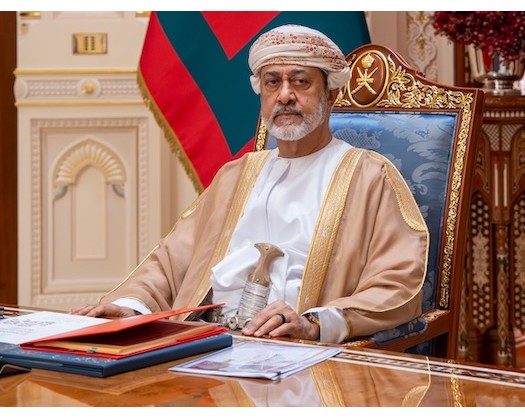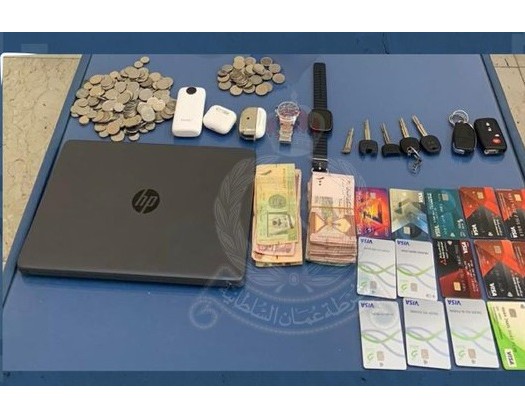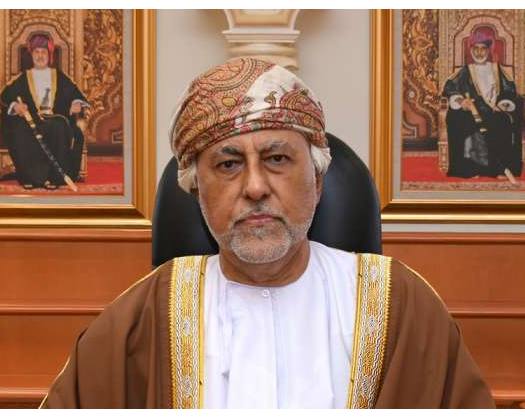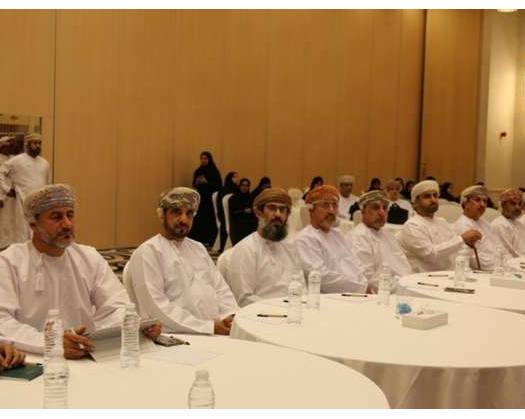New Delhi: The Society of Indian Automobile Manufacturers (SIAM) reported that passenger car sales in India achieved an all-time high of 4.3 million units in fiscal year 2024-25.
This is a 2% increase over the previous year. Utility Vehicles (UVs) remained the primary growth driver in the passenger vehicle market. Their percentage of total sales increased to 65 percent in FY 2024-25, up from almost 60 percent the previous year.
SIAM stated that "Passenger Vehicles (PV) posted its highest ever sales in FY 2024-25 of 4.3 million units, with a 2% gain as compared to FY 2023-24."
It also stated that new model introductions with modern designs and improved features drew more customers. In addition, enticing discounts and promotional offers helped to maintain demand high.
According to figures, passenger vehicle exports reached their greatest level ever this year, totaling 0.77 million units.
This is a 14.6 percent rise over FY 2023-24. The increase in exports was fueled by demand for global models built in India, particularly in Latin American and African markets. Some automakers have even started exporting to industrialized countries.
Overall, the Indian vehicle sector increased domestic sales by 7.3% while exports increased by a remarkable 19.2%.
SIAM attributed this accomplishment to high customer demand, government backing, infrastructural expenditures, and an increased emphasis on sustainable mobility. Positive economic policies and a strong market sentiment also contributed to the growth.
Two-wheeler sales improved significantly, with 19.6 million units sold in FY 2024-25, representing a 9.1 percent increase. Improved rural demand and increased consumer confidence were significant drivers of this growth. The scooter segment took the lead, mainly to improved connectivity in rural and semi-urban regions, as well as the introduction of new models with more amenities.
Electric vehicles (EVs) also gained progress, with their percentage of total two-wheeler sales exceeding 6% for the year. Two-wheeler exports increased significantly by 21.4% to 4.2 million units. This was attributable to new product introductions and rising demand in Africa and Latin America.
SIAM forecasts the car sector to expand more in fiscal year 2025-26. Stable economic conditions, proactive government policies, and infrastructure spending are all likely to contribute to this expansion. A regular monsoon, as predicted, is projected to increase demand, particularly in rural and semi-urban areas.

